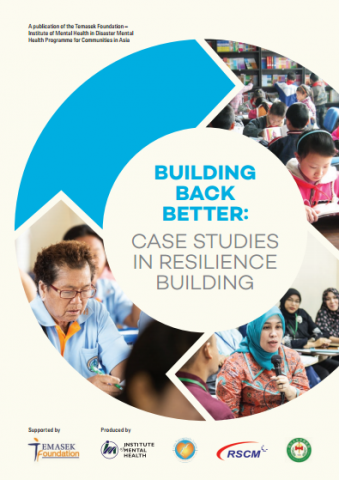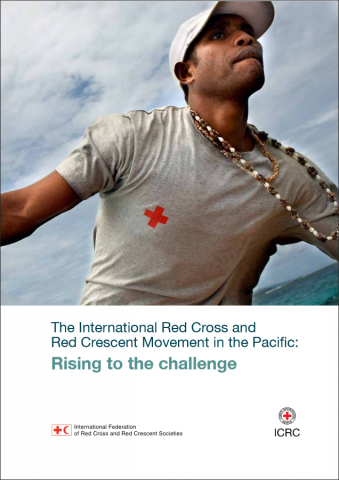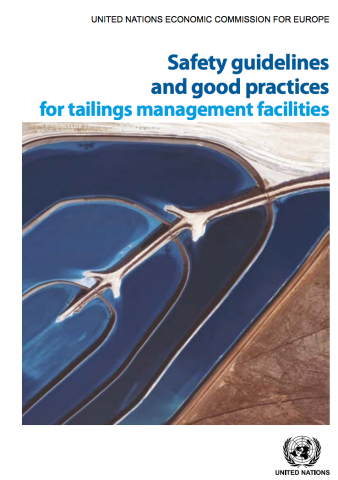Understanding Drought in India
This issue of Southasiadisasters.net focuses on the important theme of ‘Understanding Drought in India’. India’s overdependence on rainfed agriculture and the increasing variability of monsoons due to climate change underscore the importance of understanding the varied impacts of droughts in the country. Since the impacts of droughts are manifold, this issue focuses on the various aspects of droughts such as their incidence, their typology, their impacts on agriculture […]
Understanding Drought in India Read More »




